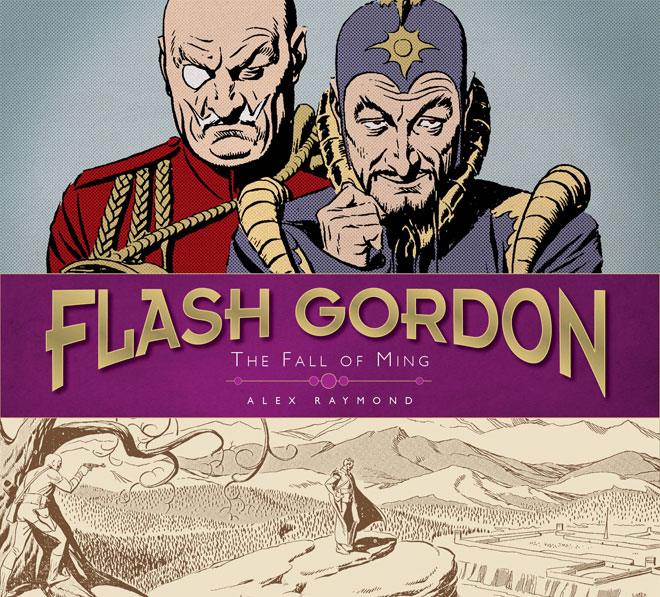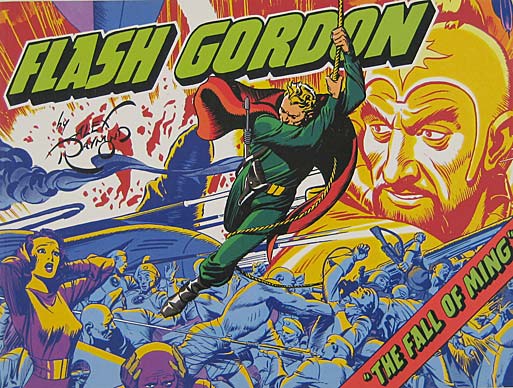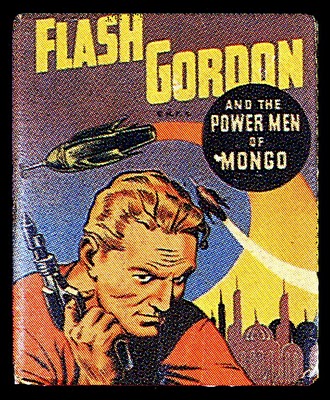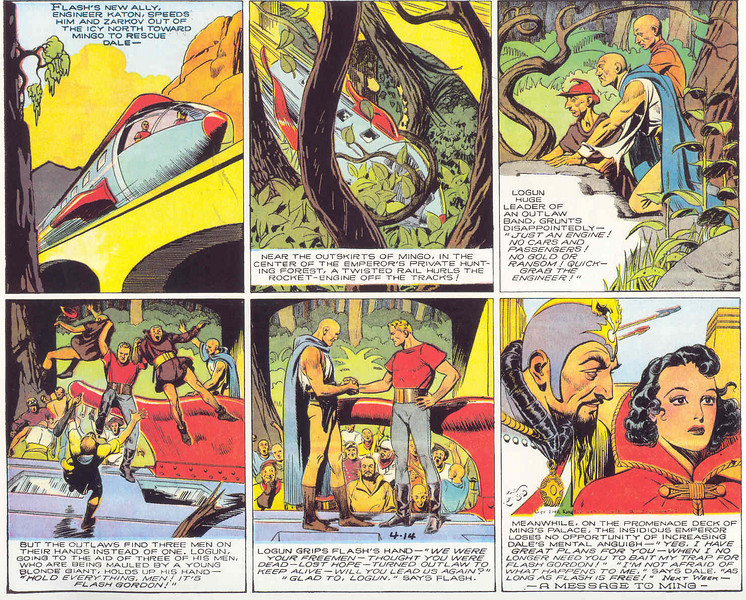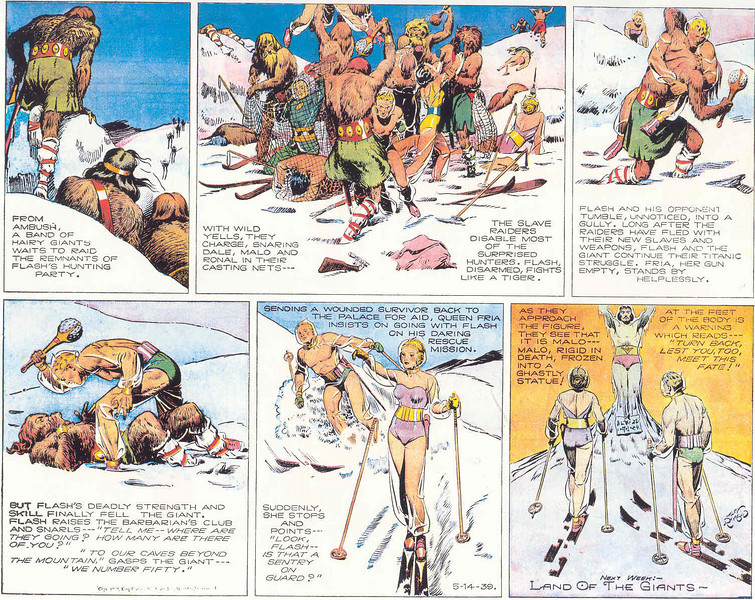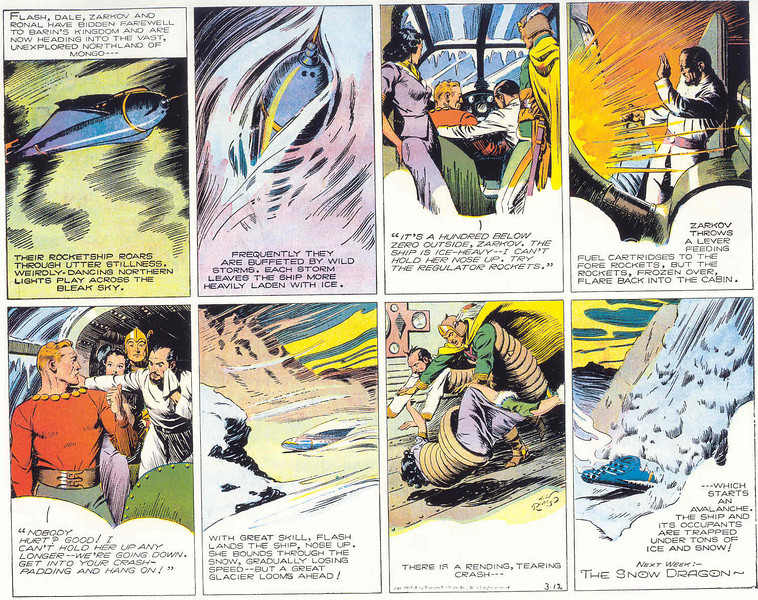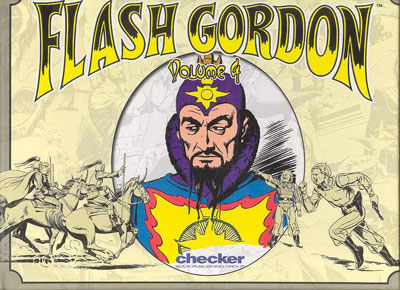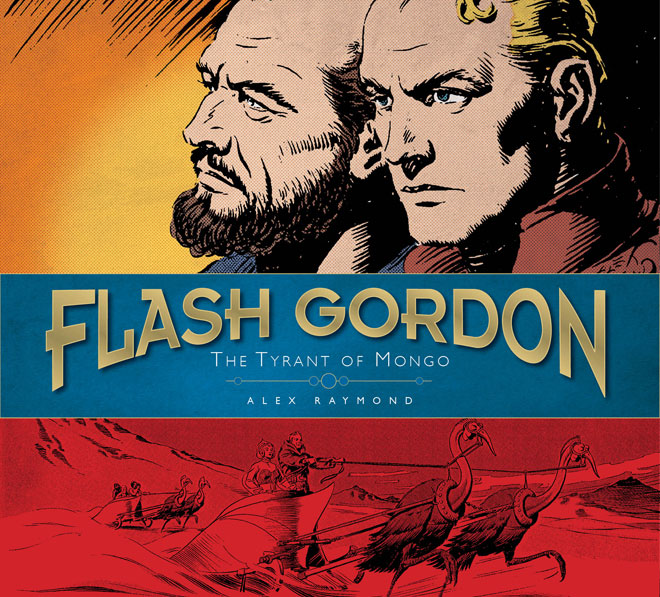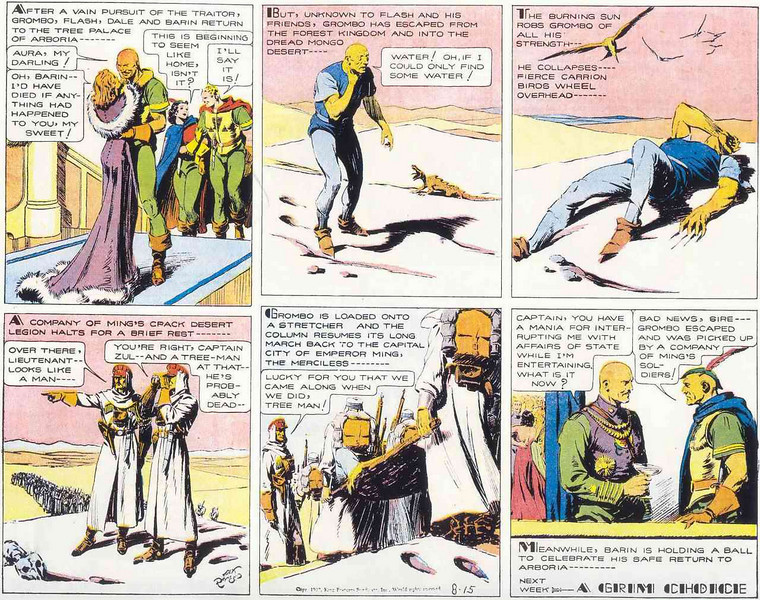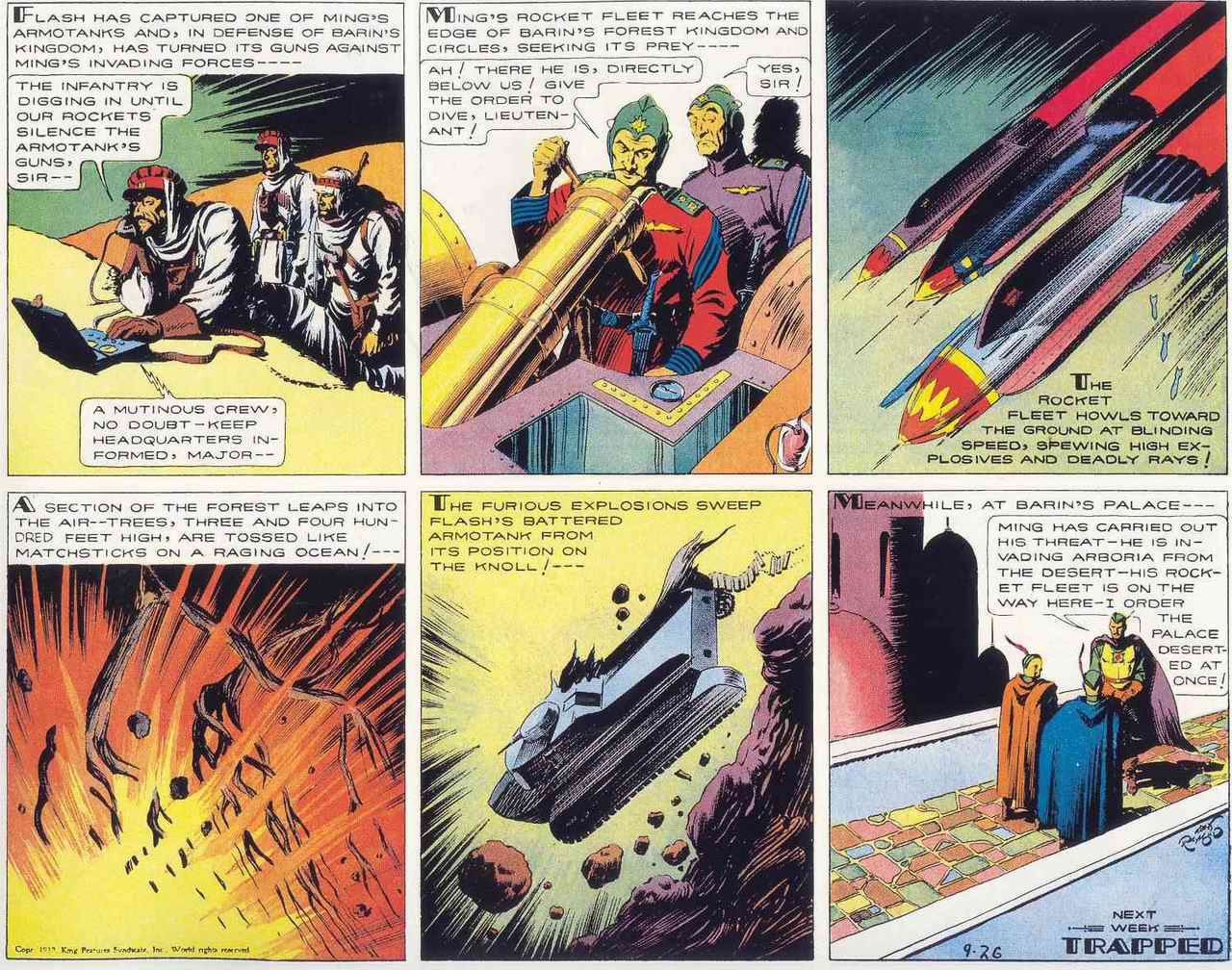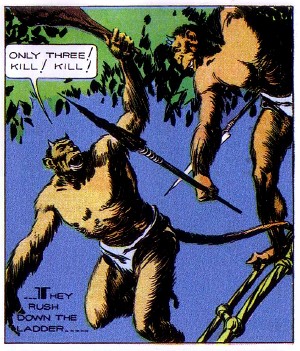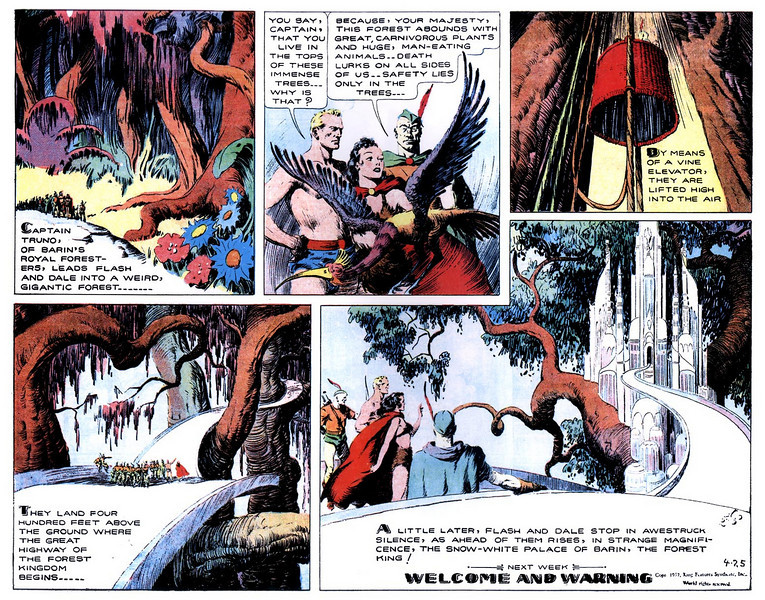 Into the nineteen fifties, Hollywood operated under the studio system. A few major movie studios owned both the production and distribution channels and dominated the industry.
Into the nineteen fifties, Hollywood operated under the studio system. A few major movie studios owned both the production and distribution channels and dominated the industry.
They cranked out “B” pictures to provide product to support the “A” films and keep the theaters they owned filled.
Actors, especially non-stars, made several films a year, either appearing higher in the credits on B films or as supporting actors in A movies. Those actors had very little power in the system as well.
In 1936, Humphrey Bogart (who had already twice failed to stick in Hollywood) received his first critical acclaim for The Petrified Forest, in which he recreated his Broadway role as gangster Duke Mantee.
He would really strike it big in 1941, first with High Sierra, and then The Maltese Falcon (if you haven’t seen this one, rent it tonight and then leave an apology comment on this post for waiting so long). In the five years between Forest and Sierra, he appeared in twenty-nine films: most not as the star.
Bogart famously said, “I made more lousy pictures than any actor in history.” This was because Warner Brothers tossed him into every low budget B movie they could.
Sometimes it was so bad that he refused the part, which then got him suspended without pay. That’s why you see Dennis Morgan and not Bogie in the awful western, Bad Men of Missouri (with Wayne Morris starring – see below).
Bogie, in a career with over eighty credits and possibly the greatest star in film history, made only one horror/science fiction movie. And he considered it one of his worst. He’s got a point.
…
Read More Read More
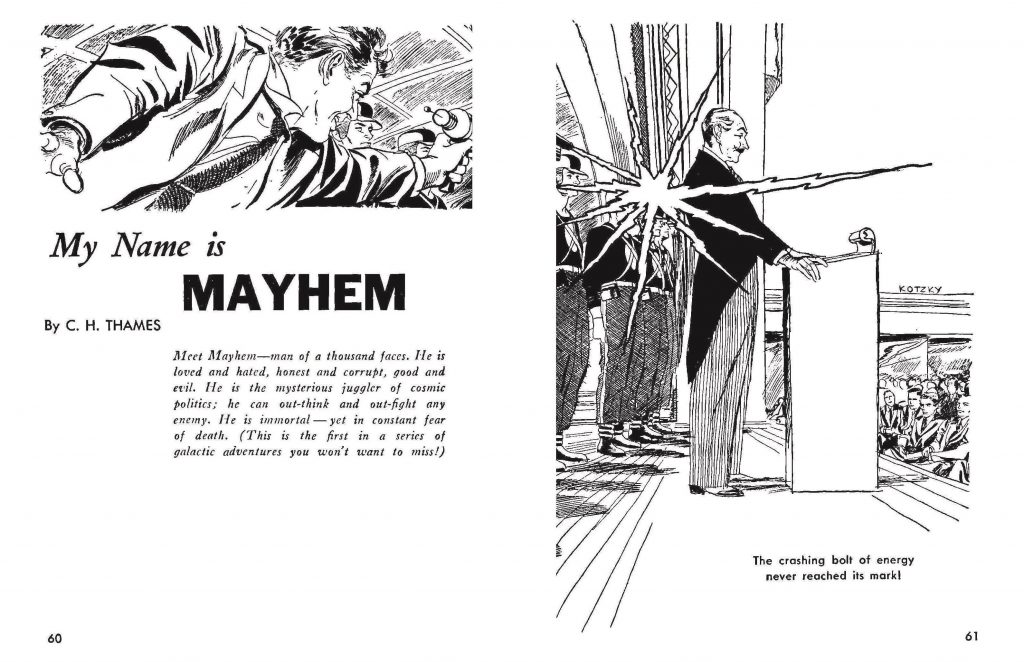


 Several years ago, I published my first ever roleplaying game supplement, a 200-page softback for the Starblazer Adventures RPG, using the Fate 3rd edition rules. Black Gate‘s very own Howard Andrew Jones reviewed it
Several years ago, I published my first ever roleplaying game supplement, a 200-page softback for the Starblazer Adventures RPG, using the Fate 3rd edition rules. Black Gate‘s very own Howard Andrew Jones reviewed it 